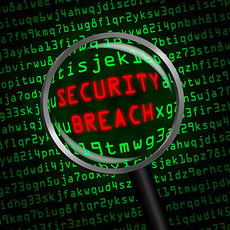Security Alert: NTP Attacks Are On The Rise


Dark Web Monitoring Shouldn’t Be an Afterthought
There are a lot of sketchy parts of the Internet, but the sketchiest of all might be the Dark Web. Located on a part of the Internet that search engines don’t index and inaccessible to most web browsers, the Dark Web is a place where cybercriminals thrive. It’s a place where stolen data is put up fo...
05-02-2025

3 Ways Data Breaches are Hard to Detect and Harder to Prevent
Unfortunately, cybersecurity is one of the most important topics to consider in today’s business world. A recent survey has shown that the majority of security leaders—approximately 67% of those surveyed—don’t know what caused a cybersecurity incident at their business. This is a shockingly high num...
12-02-2024

Identifying and Combating Potential Phishing Attacks
Phishing scams are one of the most common (and insidious) problems you and your team may encounter. While it may seem simple to avoid a phishing attack, the truth is that many of these schemes are highly sophisticated and are constantly evolving to become more so.
04-05-2024
